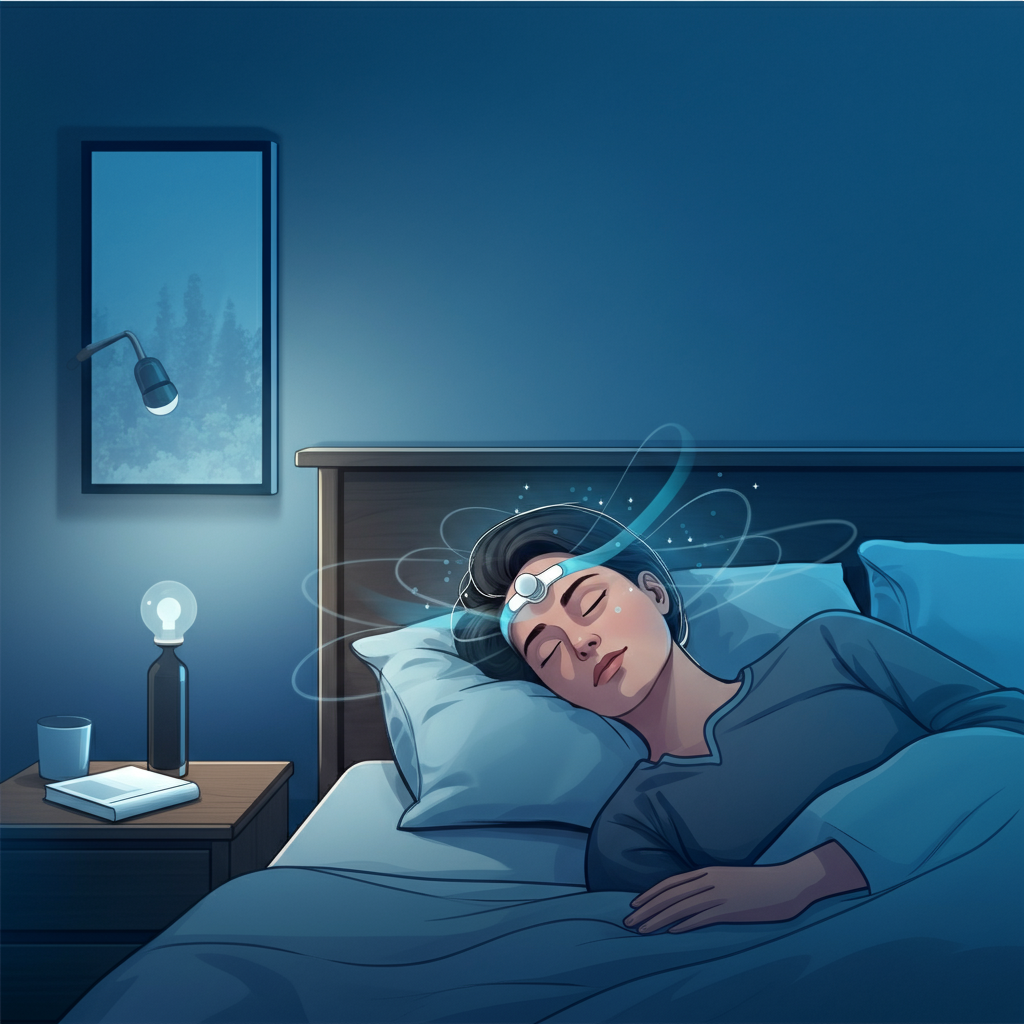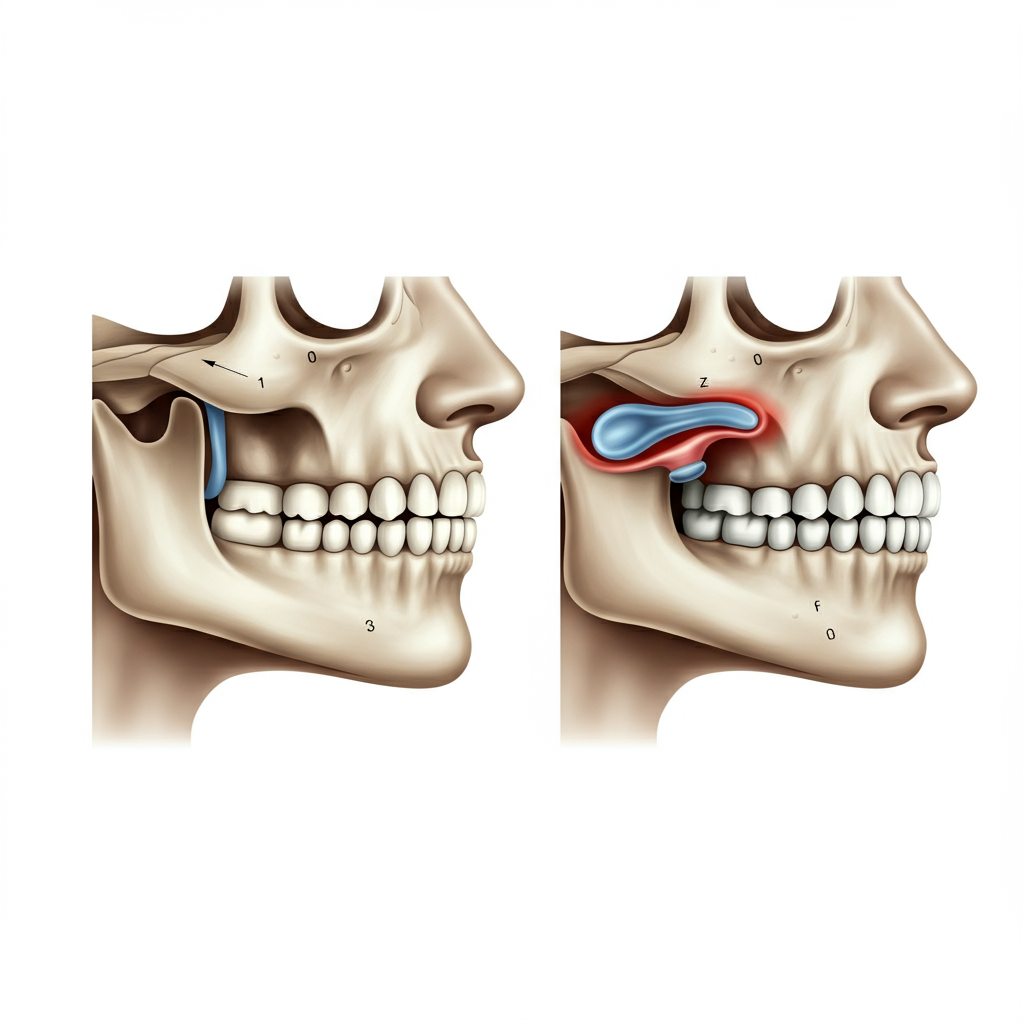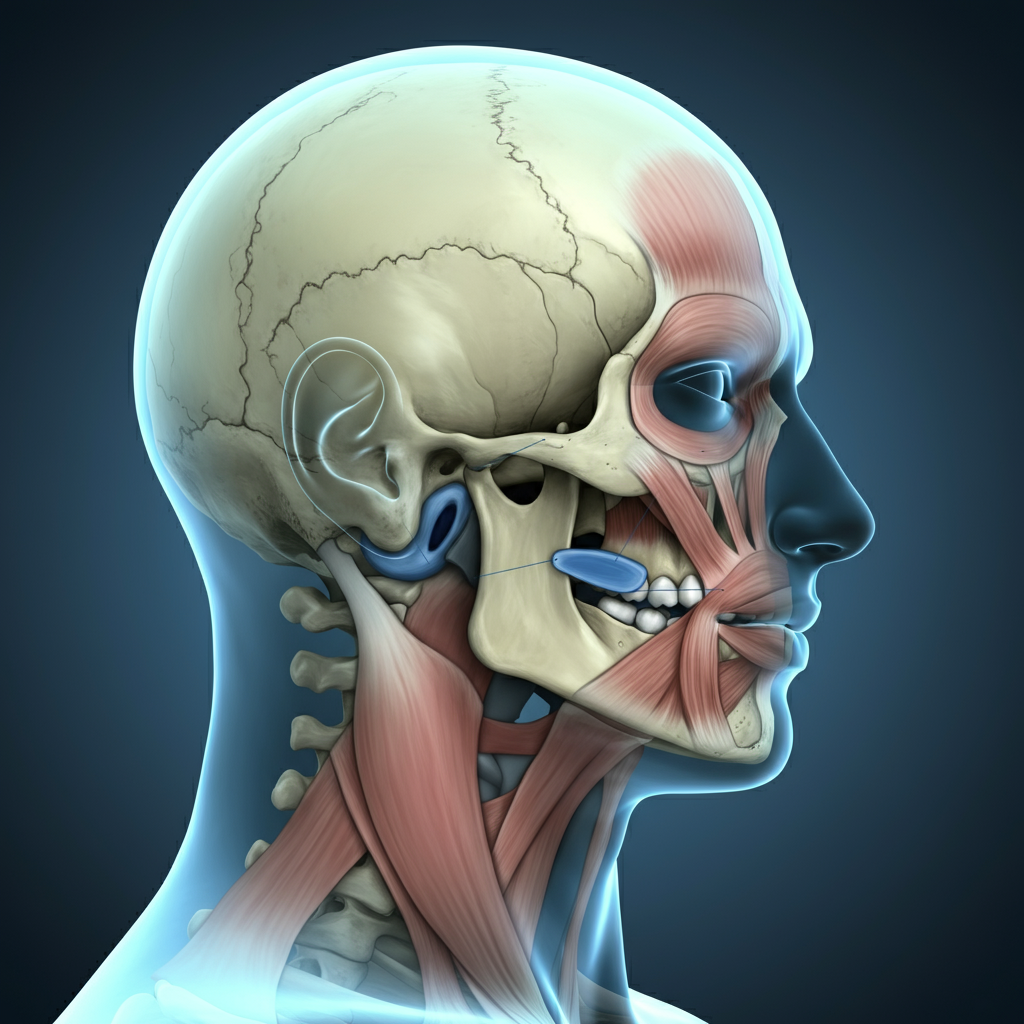- Sleep Apnea Overview:
- A condition causing repeated breathing interruptions during sleep.
- Leads to health issues like high blood pressure, heart problems, diabetes, fatigue, and mental health challenges.
- Why Consider Surgery?
- CPAP machines are effective but not suitable for everyone.
- Surgery offers a permanent solution for those with anatomical blockages or CPAP intolerance.
- Types of Sleep Apnea Surgery:
- Nasal Surgeries:
- Septoplasty: Straightens a deviated septum.
- Turbinate Reduction: Reduces enlarged nasal structures.
- Throat Procedures:
- Uvulopalatopharyngoplasty (UPPP): Removes tissue from the throat to widen the airway.
- Tonsillectomy/Adenoidectomy: Removes enlarged tonsils or adenoids.
- Jaw Advancement Surgery:
- Maxillomandibular Advancement (MMA): Moves the jaw forward to enlarge the airway.
- Hypoglossal Nerve Stimulation:
- A device stimulates the tongue to prevent airway blockage.
- Nasal Surgeries:
- Benefits of Surgery:
- Improved sleep quality and reduced breathing interruptions.
- Increased energy, alertness, and mental clarity.
- Lower risk of health issues like heart disease and diabetes.
- Freedom from CPAP machines.
- Better mood and overall well-being.
- Recovery Expectations:
- Recovery time varies by procedure:
- Nasal surgeries: 1-2 weeks.
- UPPP: Severe sore throat for 1-2 weeks, soft diet required.
- MMA: Longest recovery, with swelling and liquid diet for weeks.
- Surgeons provide detailed post-op care instructions.
- Recovery time varies by procedure:
- Is Surgery Right for You?
- Ideal for those with CPAP intolerance or anatomical issues.
- Consult a specialist to evaluate your condition and suitability for surgery.
- Surgery can offer a permanent solution and significantly improve quality of life.
Sleep is essential for our health, but for millions, a good night’s rest is constantly interrupted. Obstructive sleep apnea (OSA) is a common but serious sleep disorder that causes you to repeatedly stop and start breathing throughout the night. While treatments like CPAP machines are effective for many, they aren’t the right solution for everyone. For some, sleep apnea corrective surgery offers a more permanent path to restful nights and better health.
This guide will walk you through what sleep apnea surgery entails. We will explore the different types of procedures, explain why surgery might be necessary, and discuss the significant benefits it can bring to your quality of life.
How Does Sleep Apnea Affect Your Health?
Obstructive sleep apnea occurs when the muscles in the back of your throat relax too much during sleep, blocking your airway. Your brain senses this lack of oxygen and briefly wakes you up to reopen it. This cycle can happen hundreds of time a night, often without you even realizing it.
This constant disruption does more than just make you tired. Over time, untreated sleep apnea can contribute to serious health problems, including:
- High Blood Pressure: The sudden drops in blood oxygen levels put a strain on your cardiovascular system, increasing blood pressure.
- Heart Problems: People with OSA are at a higher risk of heart attacks, strokes, and irregular heartbeats.
- Type 2 Diabetes: Sleep apnea is linked to insulin resistance, making it harder for your body to manage blood sugar levels.
- Daytime Fatigue: Severe drowsiness can affect your work performance, daily activities, and increase your risk of accidents, particularly while driving.
- Mental Health Issues: The lack of quality sleep can contribute to irritability, depression, and difficulty concentrating.
Why Consider Sleep Apnea Corrective Surgery?
Continuous Positive Airway Pressure (CPAP) therapy is the most common treatment for moderate to severe sleep apnea. It involves wearing a mask that delivers a steady stream of air to keep your airway open. While highly effective, some people find it difficult to use consistently.
You might be a candidate for surgery if:
- You can’t tolerate CPAP: Many people struggle with mask discomfort, a sense of claustrophobia, or skin irritation, leading them to abandon the therapy.
- CPAP is not fully effective: For some individuals, CPAP therapy doesn’t completely resolve their apnea events.
- You have a specific anatomical issue: A deviated septum, large tonsils, or a particular jaw structure might be the direct cause of your airway obstruction. Surgery can correct these physical blockages.
- You desire a long-term solution: Surgery aims to permanently resolve the physical obstruction, potentially freeing you from the need for nightly equipment.
The goal of sleep apnea surgery is to widen your airway by removing or repositioning tissue, making it less likely to collapse during sleep.
Types of Sleep Apnea Corrective Surgery
There isn’t a one-size-fits-all surgery for sleep apnea. The right procedure depends on the specific cause and location of your airway obstruction. An ear, nose, and throat (ENT) specialist or an oral and maxillofacial surgeon will perform a thorough evaluation to determine the best approach for you.
Here are some common types of corrective surgeries:
Nasal Surgery
If the obstruction is in your nose, procedures can be performed to improve airflow.
- Septoplasty: This surgery straightens a deviated septum—the wall of bone and cartilage that divides your two nostrils.
- Turbinate Reduction: Turbinates are structures inside your nose that warm and humidify air. If they are enlarged, they can be surgically reduced to create more space.
Soft Palate and Throat Procedures
These surgeries target tissue in the soft palate and throat area.
- Uvulopalatopharyngoplasty (UPPP): This is one of the most common surgeries for sleep apnea. It involves removing tissue from the throat, including the uvula, tonsils, and parts of the soft palate. The goal is to widen the airway at the back of the mouth.
- Tonsillectomy and Adenoidectomy: Removing enlarged tonsils and adenoids is often a very effective treatment for sleep apnea, especially in children, but it can also benefit adults.
Jaw Advancement Surgery
For more complex cases, surgery can physically reposition the jaw to create more space in the airway.
- Maxillomandibular Advancement (MMA): This is a highly effective but more invasive procedure. The surgeon moves the upper jaw (maxilla) and lower jaw (mandible) forward. This pulls the tongue and soft palate forward as well, significantly enlarging the entire airway.
Hypoglossal Nerve Stimulation
This is a newer, innovative approach. It involves implanting a small device, similar to a pacemaker, that stimulates the nerve controlling the tongue. When it detects you are about to take a breath, it gently moves your tongue forward, preventing it from blocking your airway.
The Benefits of Successful Surgery
When sleep apnea surgery is successful, the benefits extend far beyond just sleeping better. Patients often experience:
- Improved Sleep Quality: The most immediate benefit is the reduction or elimination of breathing interruptions, leading to deep, restorative sleep.
- Increased Energy and Alertness: With quality sleep, daytime fatigue disappears. You can feel more focused, productive, and engaged in your daily life.
- Reduced Health Risks: By treating sleep apnea, you lower your risk for associated conditions like high blood pressure, heart disease, and diabetes.
- Freedom from CPAP: A successful surgery can eliminate the need for a nightly CPAP machine, offering a more convenient and permanent solution.
- Better Mood and Mental Clarity: Restful sleep has a profound impact on mental well-being, often reducing irritability and symptoms of depression.
What to Expect During Recovery
Recovery varies widely depending on the type of surgery performed.
- Nasal surgeries often have a shorter recovery time, with most people returning to normal activities within a week or two. You can expect some congestion and discomfort initially.
- Procedures like UPPP involve a more significant recovery. You will likely experience a severe sore throat for one to two weeks, making it difficult to swallow. A soft or liquid diet is usually required during this period.
- Maxillomandibular Advancement (MMA) is the most invasive and requires the longest recovery. It involves significant swelling, and your jaw may be wired or banded shut for a few weeks, necessitating a liquid diet. Full recovery can take several months.
Your surgeon will provide detailed post-operative instructions, including pain management, diet, and activity restrictions, to ensure a smooth recovery.
Is Sleep Apnea Surgery Right for You?
Sleep apnea corrective surgery is a significant decision that requires careful consideration. It offers the potential for a permanent solution and a dramatic improvement in your health and quality of life. However, like any surgery, it comes with risks and a recovery period.
If you struggle with sleep apnea and find that other treatments aren’t working for you, a consultation with a specialist is the best next step. A thorough evaluation can determine if an anatomical issue is causing your apnea and if you are a good candidate for a surgical solution. Taking this step could be the key to unlocking the restful sleep and vibrant health you deserve.




